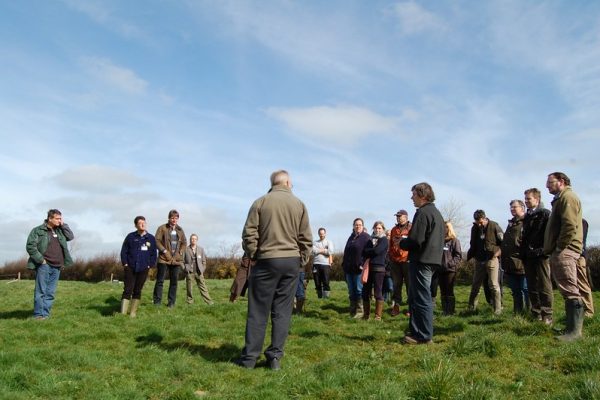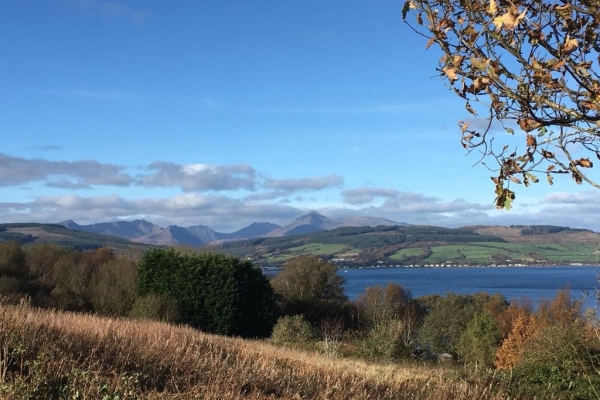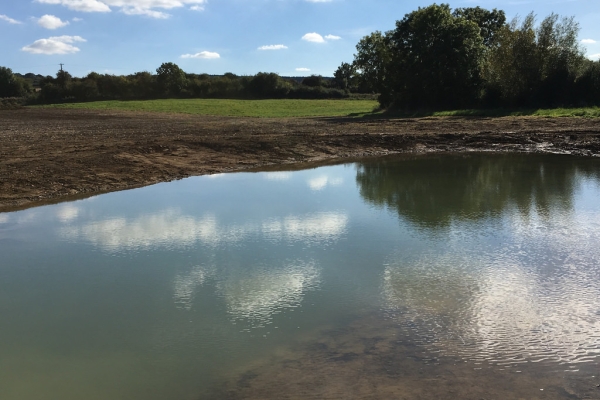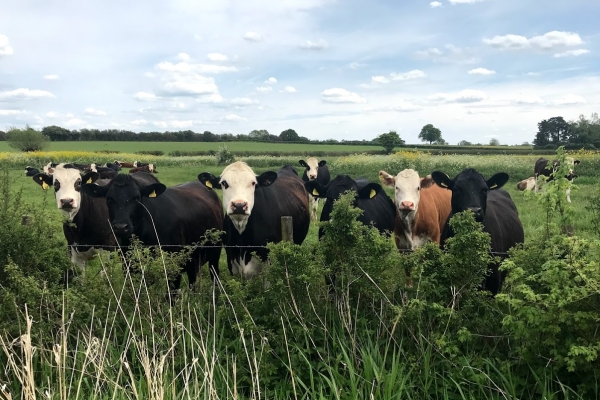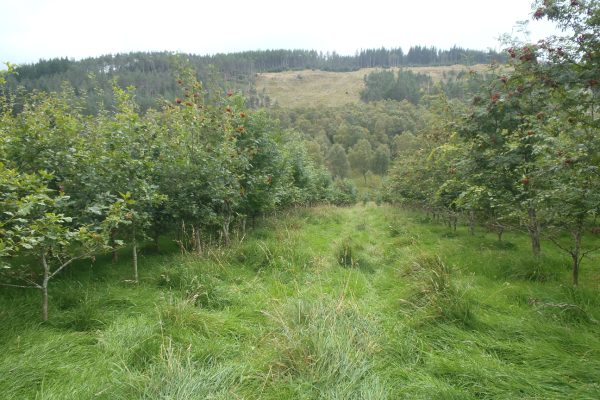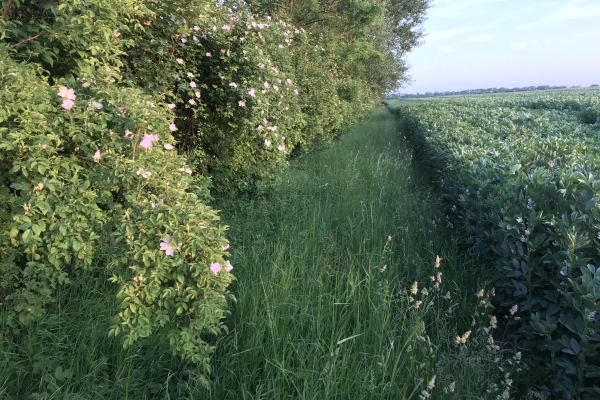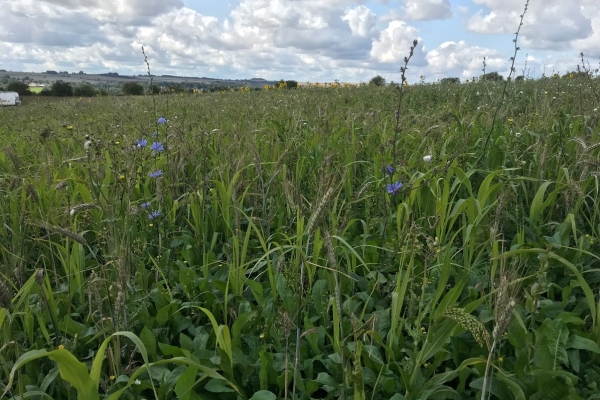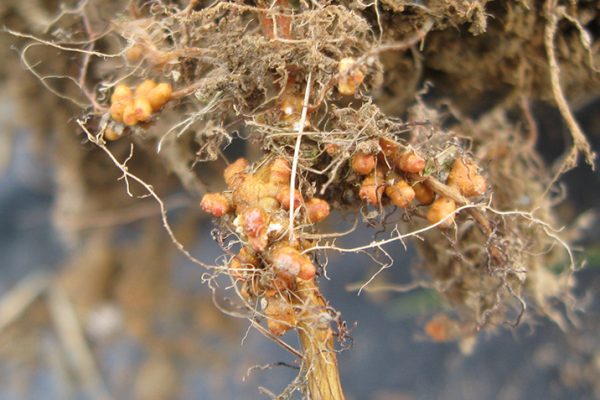The role of livestock in meeting emissions targets and keeping carbon in the soil
What farmers face
The Department of Energy and Climate Change is no more but the UK’s legal commitment to reduce greenhouse gas (GHG) emissions from agriculture by 80% by 2050 remains… What is even more radical is that we are expected to have zero emissions thereafter.
With this in mind I have been thinking about what this means for organic farming… At the moment agriculture accounts for 9.5% of total UK GHG emissions, of which 50% is methane, 41% nitrous oxide and 9% carbon dioxide.1 Emissions have dropped by 18% since 1990; mainly due to reductions in the population of grazing livestock since then and some reductions in the use of manufactured nitrogen; but there is still a huge hill to climb.
We need to remember that soil is a major store of carbon, containing three times as much carbon as the atmosphere and five times as much as forests. About 60% of this is in the form of organic matter in the soil. This means that anything we can do to increase the level of soil organic carbon will have a large impact on the level of atmospheric carbon dioxide.2
The impact of different farming systems
Whilst it is generally true that it takes more land to produce calories and protein from livestock than arable crops, the damage arable farming is causing in many parts of the world to soil health as society pushes for less but better meat should not be underestimated. Cattle and sheep have been condemned because they produce methane, which is a potent greenhouse gas. However methane does break down in the atmosphere to carbon dioxide and water after 7-12 years, and the total amount of carbon dioxide added to the atmosphere is broadly the same as the amount taken out by the growing grasses that grass-fed animals consume. So in the long term, beef and sheep production need not contribute to increases in carbon dioxide emissions where livestock are reared on forage which has not received artificial sources of nitrogen.3
On the other hand, turning over grassland to crop production puts carbon and nitrogen into the atmosphere, adding to global warming and reducing soil organic matter levels. UK estimates in 2009 suggested annual ploughing-up of permanent pasture released 1.6 million tonnes of carbon (representing a hidden additional 12% of the UK’s agricultural GHG emissions).
Protecting soil organic matter
Cereal monocultures replacing more diverse grasslands have been a factor leading to a decline in farmland birds and pollinating insects. In the UK it is acknowledged that soil organic matter levels are becoming dangerously low in regions of the country which are predominantly arable. This is now linked to the lack of available livestock to graze and produce farmyard manure which can be used as a soil amendment. Min and zero till arable systems can help in stemming the loss of soil organic matter, but it could be that we will be looking to grazing livestock to facilitate improvements in soil health in the future.
Grazing livestock and what we eat
It is important to bear in mind that grazing livestock can utilise grass and legumes without a need for artificial sources of nitrogen. Through doing this, they can produce quality protein whilst putting enough fertility into the soil at little or no environmental cost to support arable crops in following years. Grazing livestock can also prosper on land which cannot be used to grow crops and which otherwise would have no productive use.
If producing livestock is now considered to be less of a threat to our environment, we still need to look at whether red meat is a healthy food for us to eat… There have been many health scares over the years associated with red meat consumption. However scientists have recently changed their view on the dangers of red meat and dairy product consumption, and now focus on sugars and processed meats as being possibly more detrimental to health.
In addition, the recent publication of a review and meta-analysis4 comparing the make-up of fatty acids from animals produced under organic systems with those produced under non-organic production systems, shows that meat and other products produced from animals from organic and grass-fed systems have higher levels of beneficial fatty acids and lower comparative levels of more saturated fats. This could account for differences found in past studies as no consideration was taken at that time of the diet of grazing livestock. Now, however, we appreciate that the food animals eat will affect the nutrient composition of their products, which in turn will have an effect on our health.
Food for thought
At the moment we are increasing our consumption of poultry meat (up more than threefold in the USA since 1980), which by and large is produced intensively (unless organic), consuming large amounts of cereals and proteins. The production of these feeds requires ever more arable production, which it is now clear is having a detrimental impact on our soils and releasing potent greenhouse gases. All this points to a reduction in our consumption of white meats in favour of red meat fed on extensive diets based on grass clover which it seems is essential if we are to reduce the GHG emissions of agriculture and protect our soils and the health of future generations.
Liz Bowles is a pedigree sheep breeder, Nuffield Scholar and Head of Farming at the Soil Association. She is also a member of the Agricology Steering Group.
1 Methane causes 25 times more global warming over 100 years than carbon dioxide and nitrous oxide causes 298 times more global warming than carbon dioxide
2 Each 1% increase in average soil organic carbon levels could in principle reduce atmospheric carbon dioxide by up to 2%. Soil carbon losses account for a tenth of all the carbon dioxide emissions produced by human activity since 1850. However the soil carbon store can be recreated
3 Manufacturing a tonne of nitrogen puts the equivalent of almost 7 tonnes of carbon dioxide into the atmosphere
4 Średnicka-Tober, D et al. March 2016. Composition differences between organic and conventional meat: a systematic literature review and meta-analysis. British Journal of Nutrition 115: 994-1011



